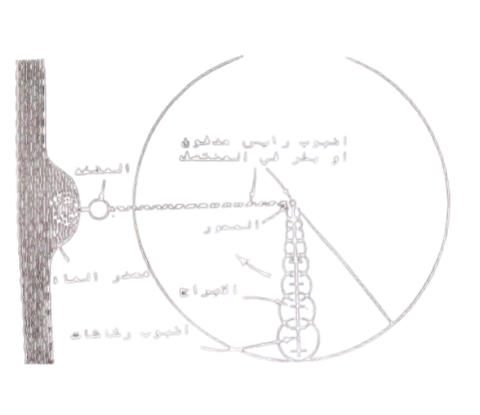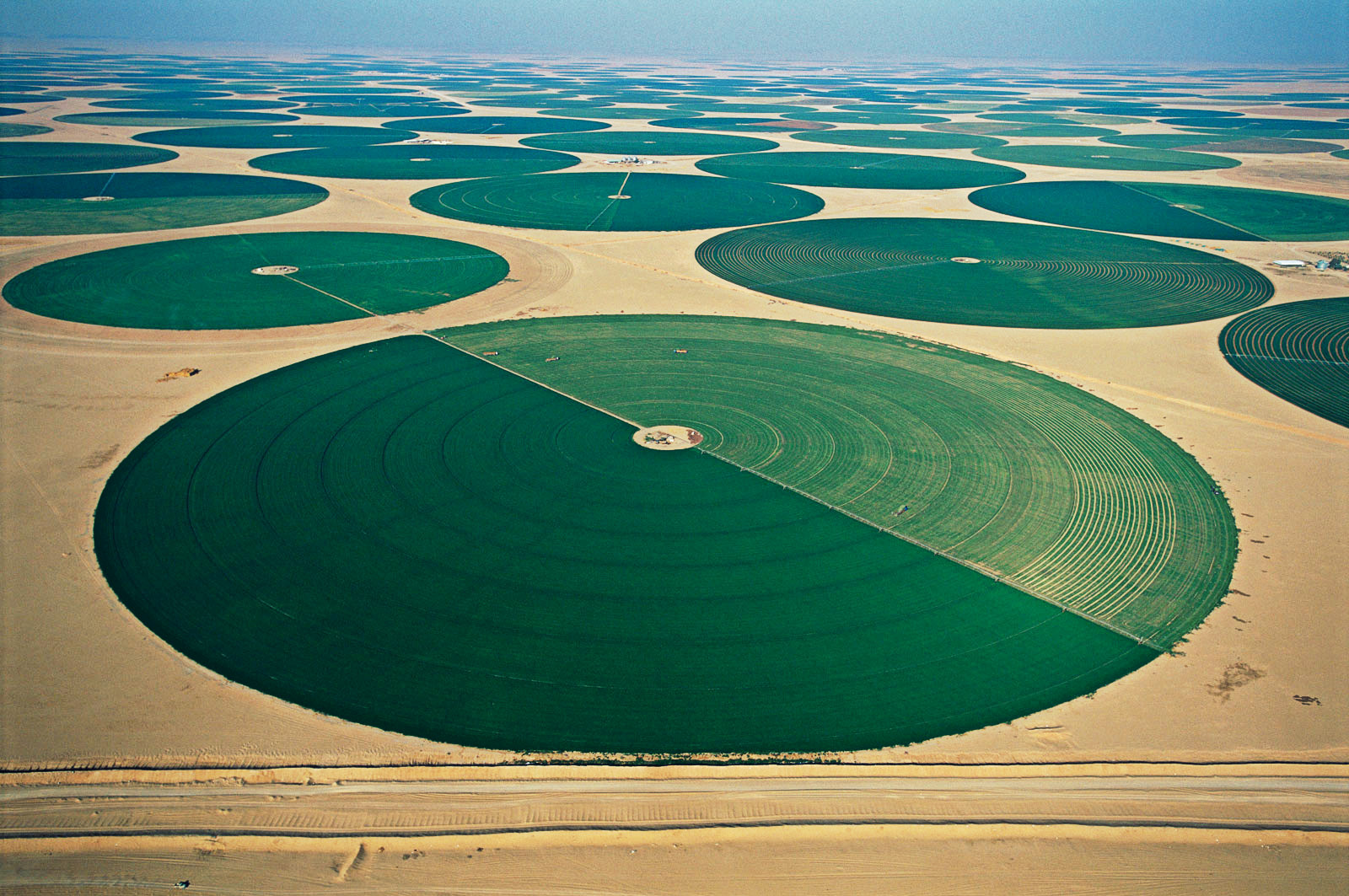In recent years, agricultural land has expanded significantly, particularly in the cultivation of wheat, barley, and corn, especially in areas with low rainfall. This rapid expansion has been accompanied by the adoption of modern irrigation systems, among which center pivot irrigation has become one of the most widely used.
This system allows for the efficient application of large amounts of irrigation water over extensive areas of land. Center pivot irrigation is suitable for various agricultural conditions, as it can irrigate most crops and types of land due to its remarkable flexibility and the ability to operate it with high efficiency. It can be utilized under various climatic conditions and allows for the application of fertilizers and chemicals through the irrigation process.
Currently, center pivot systems are considered the best modern method for irrigating the largest possible area from a single device, with very easy control. With just the push of a button, it can irrigate an area of approximately 800 hectares (800,000 square meters).
The center pivot system consists of a pipeline containing sprinklers, anchored at one end, known as the pivot point, while the free end is called the terminal end. The pivot point consists of a concrete base supporting the pivot structure. The pipeline, referred to as the sprinkler line, is elevated about 3 meters above the ground and is supported by several towers. Each tower is spaced between 2 to 54 meters apart along the pipeline. The system operates on a voltage range of 38 to 48 volts with a frequency of 76 hertz.










